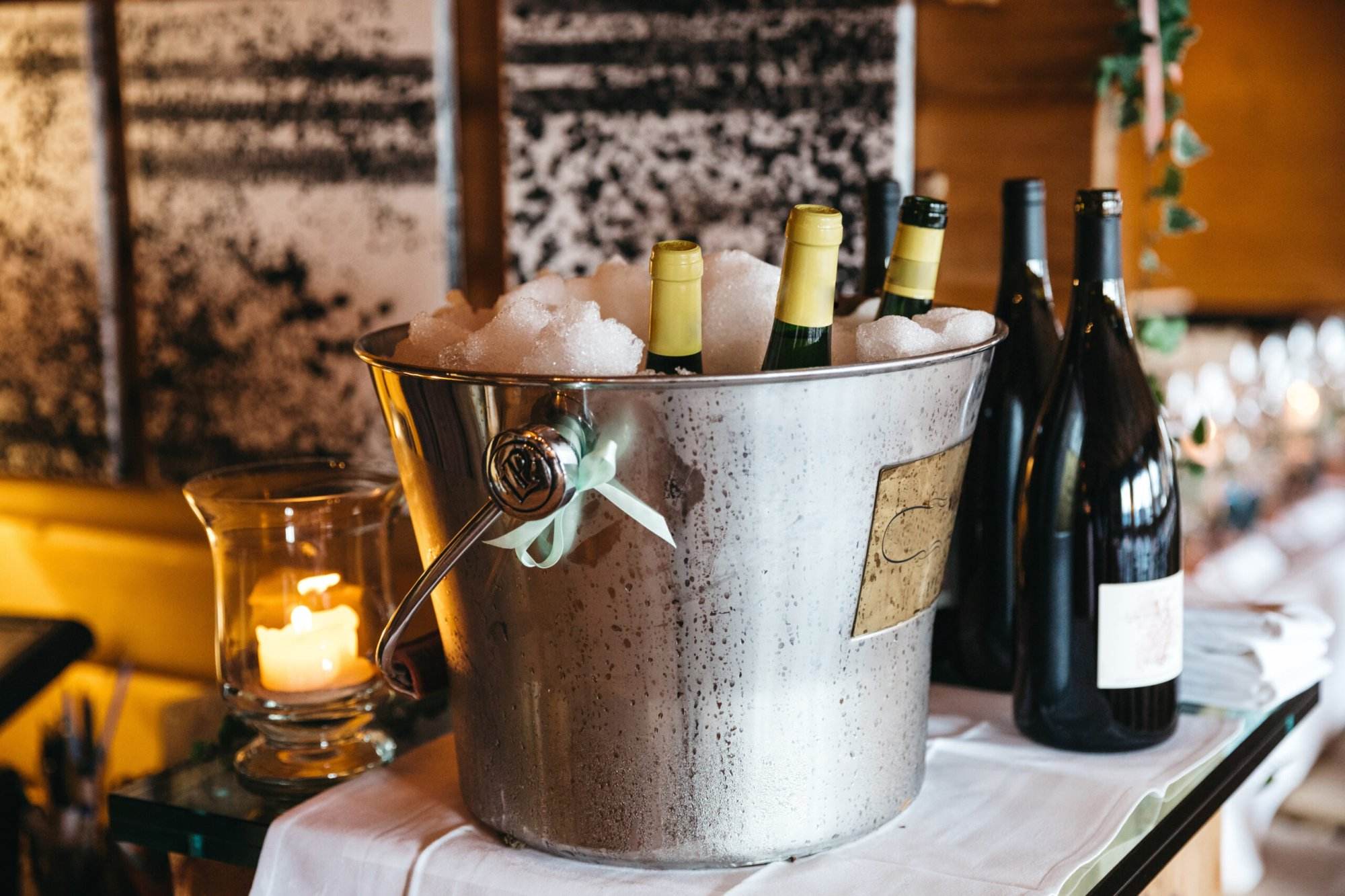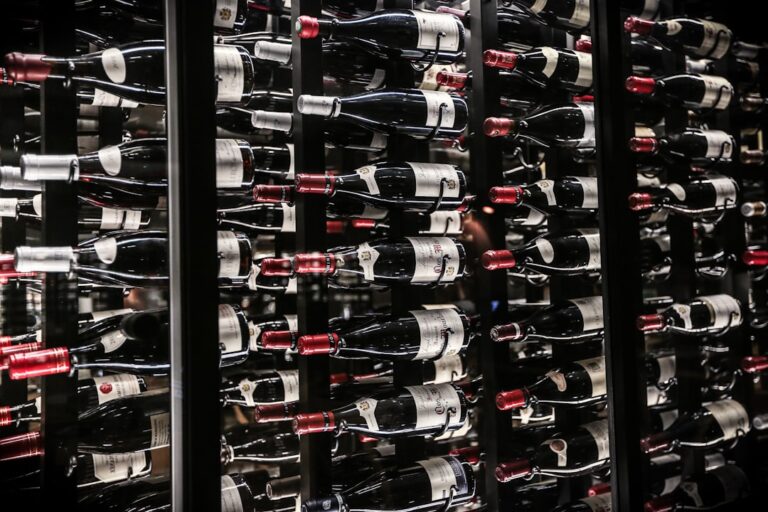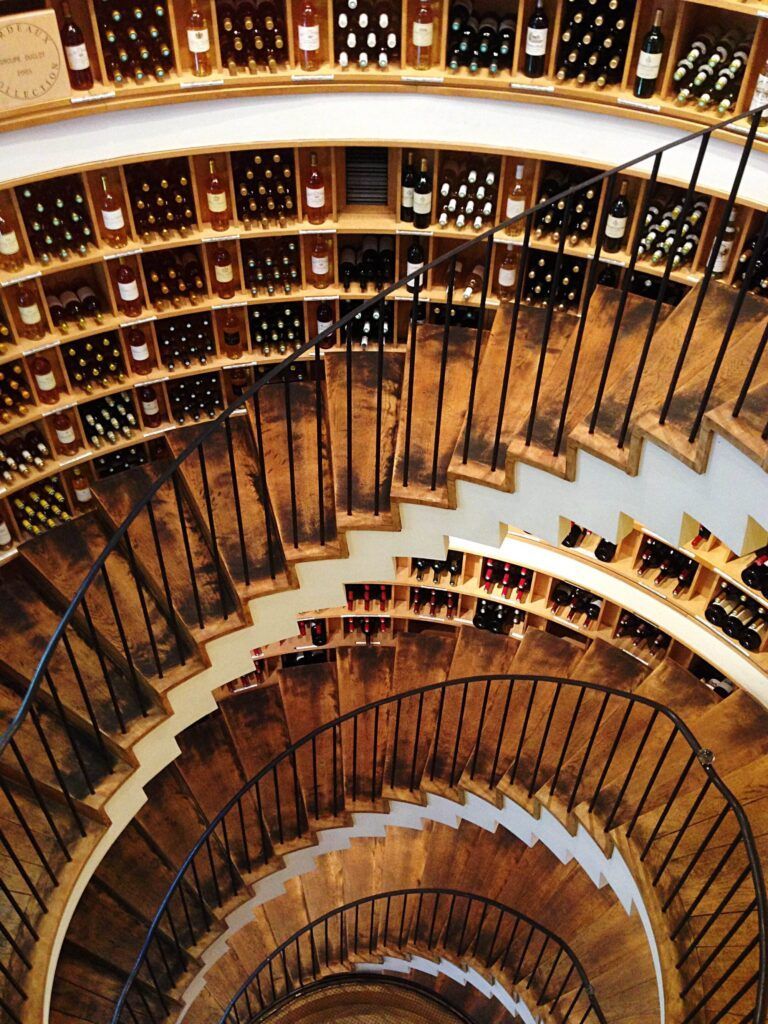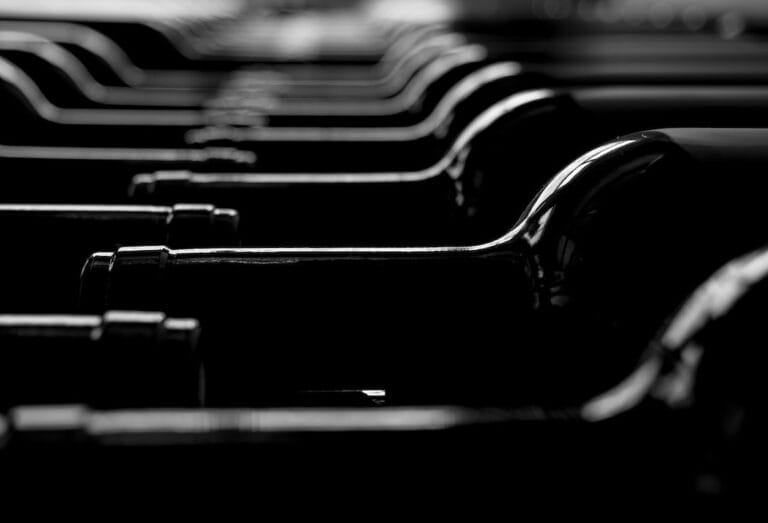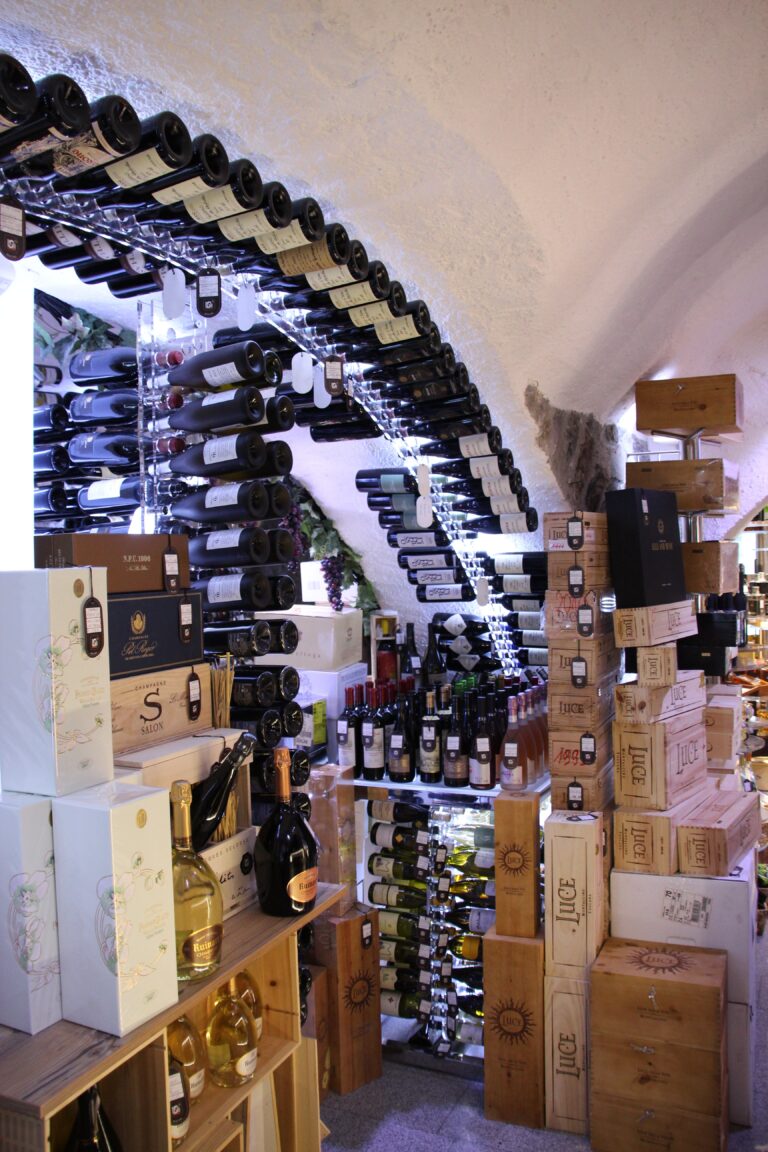How to Organize Your Wine Cellar Like a Pro
A well-organized wine cellar is not just a practical necessity for wine enthusiasts, but it also reflects the passion and dedication one has for their wine collection. A meticulously curated wine cellar not only makes it easier to access and enjoy your wines, but it also helps to preserve the quality and integrity of your prized bottles. By investing time and effort into organizing your wine cellar, you can elevate your overall wine tasting experience and share your love of wine with others.
The benefits of a well-organized wine cellar are numerous. Firstly, it allows for easy access to your wines, making it simple to find the perfect bottle for any occasion. Whether you’re hosting a dinner party or simply enjoying a quiet evening at home, being able to quickly locate the wine you desire can enhance the overall experience. Additionally, a well-organized cellar helps to ensure the proper storage conditions for your wines, which is crucial for preserving their quality and flavor profiles over time.
Furthermore, a well-organized wine cellar can serve as a source of pride and enjoyment for the wine enthusiast. Showcasing your carefully curated collection to guests can be a delightful experience, allowing you to share your passion for wine and engage in meaningful conversations about the various vintages, regions, and styles represented in your cellar. The visual appeal of a beautifully arranged wine cellar can also be a source of inspiration and motivation, encouraging you to continue exploring and expanding your wine knowledge.
Assessing Your Wine Collection: Where to Begin
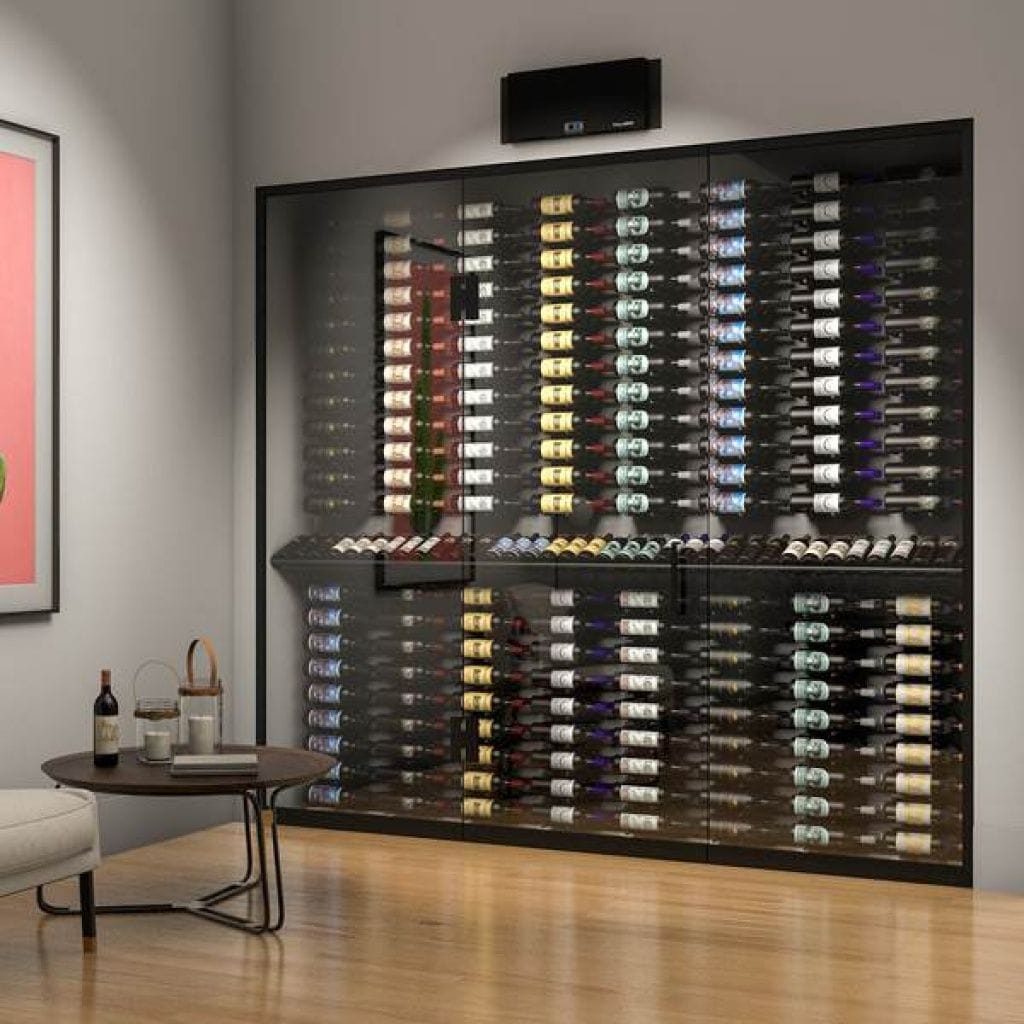
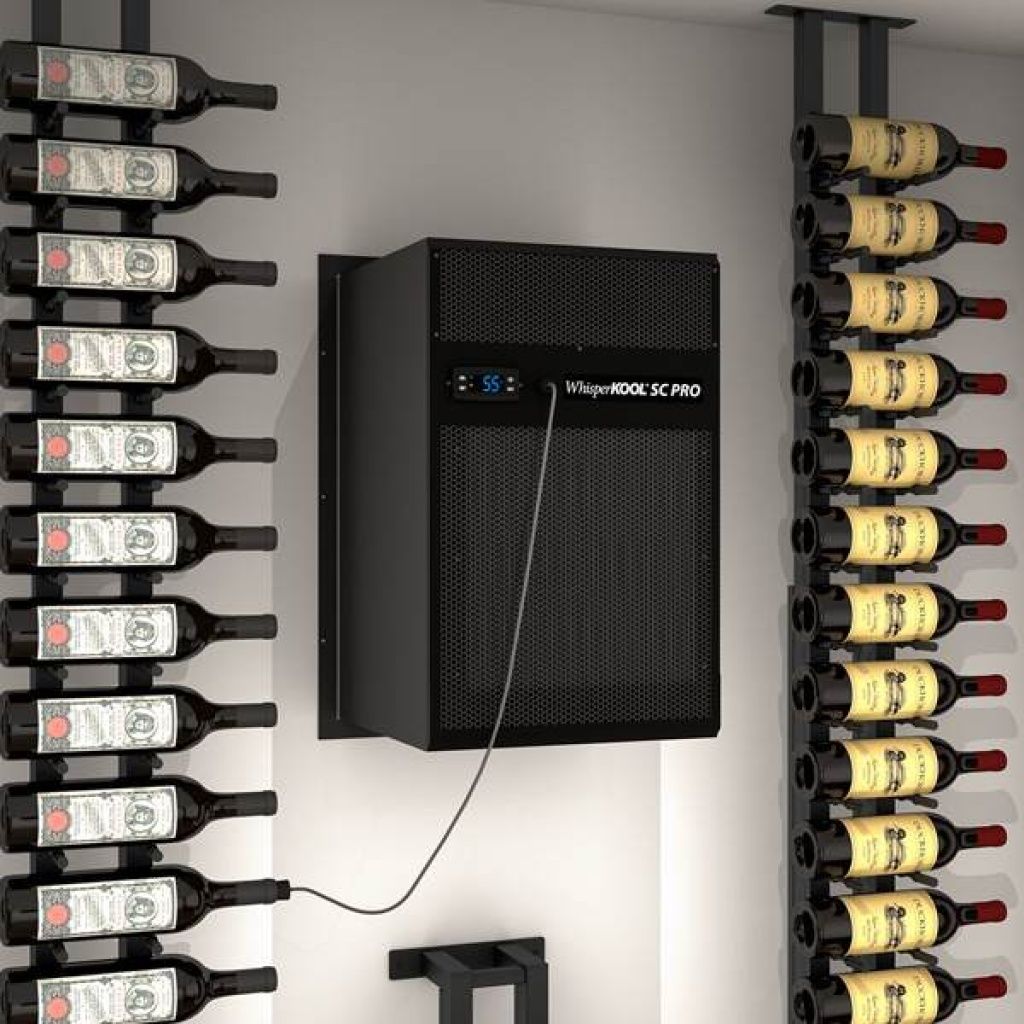
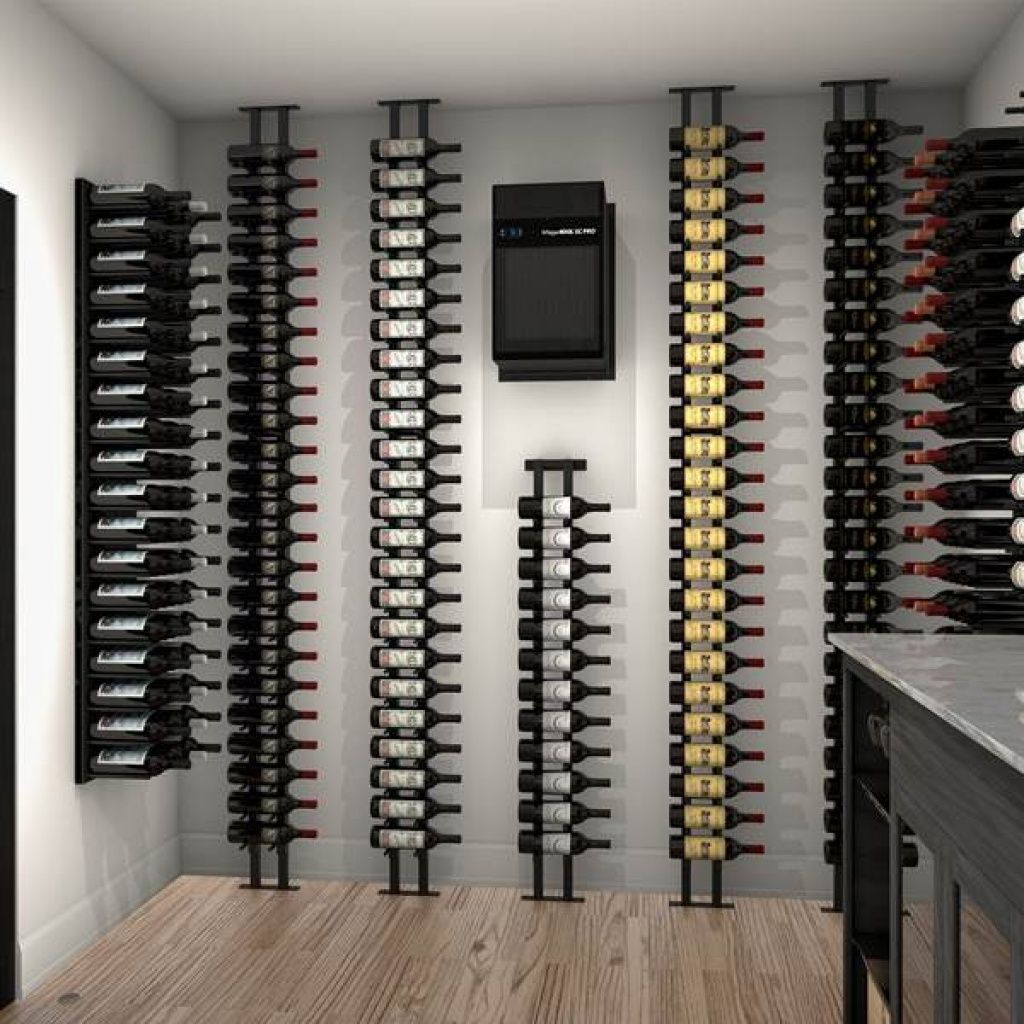
Before embarking on the journey of organizing your wine cellar, it is essential to take a comprehensive look at your current wine collection. This assessment will help you understand the scope and nature of your collection, which in turn will guide you in determining the appropriate storage solutions and organizational strategies.
Begin by taking stock of your existing wines. Gather all the bottles, whether they are stored in a dedicated wine cellar, a wine refrigerator, or scattered throughout your home. Carefully examine each bottle, taking note of the varietal, vintage, and any other relevant information. This process will not only provide you with a clear understanding of your collection but also help you identify any gaps or areas that require attention.
Once you have a comprehensive understanding of your current wine collection, it is time to consider your wine storage needs and goals. Assess the size and growth potential of your collection, as well as any specific requirements, such as the need to store large-format bottles or accommodate rare or valuable wines. This evaluation will help you determine the appropriate storage solutions, whether it’s investing in a dedicated wine cellar, upgrading your existing wine storage system, or a combination of both.
By taking the time to assess your wine collection and identify your storage needs, you will be better equipped to develop a strategic plan for organizing and maintaining your wine cellar. This foundational step will ensure that your efforts in the subsequent stages of the organization process are tailored to your specific requirements, ultimately leading to a more efficient and enjoyable wine storage experience.
Categorizing and Cataloging Your Wines
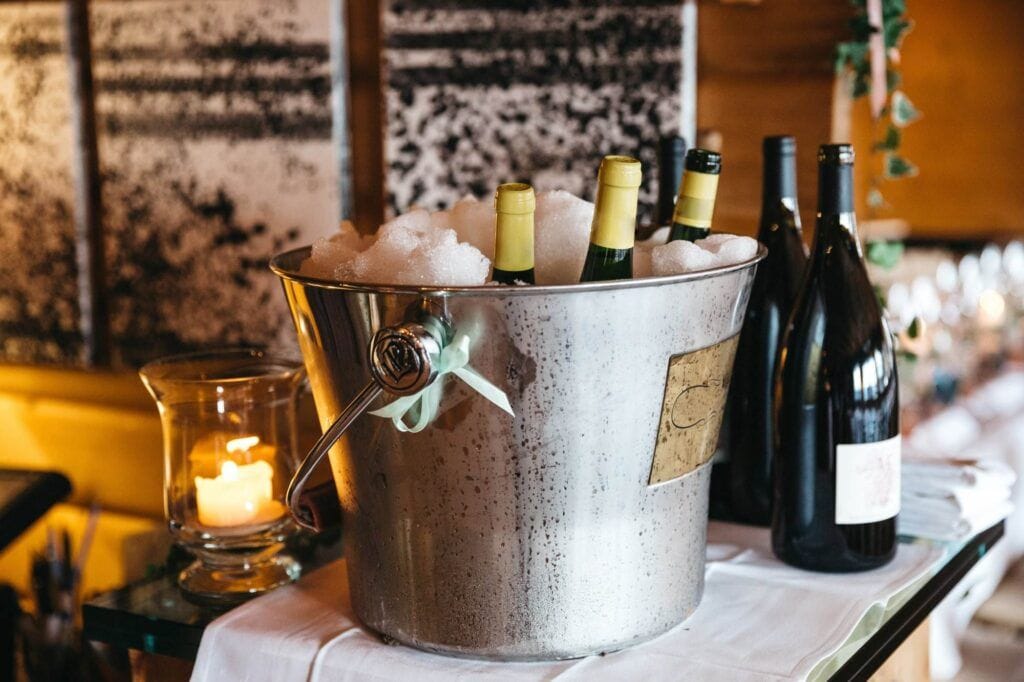

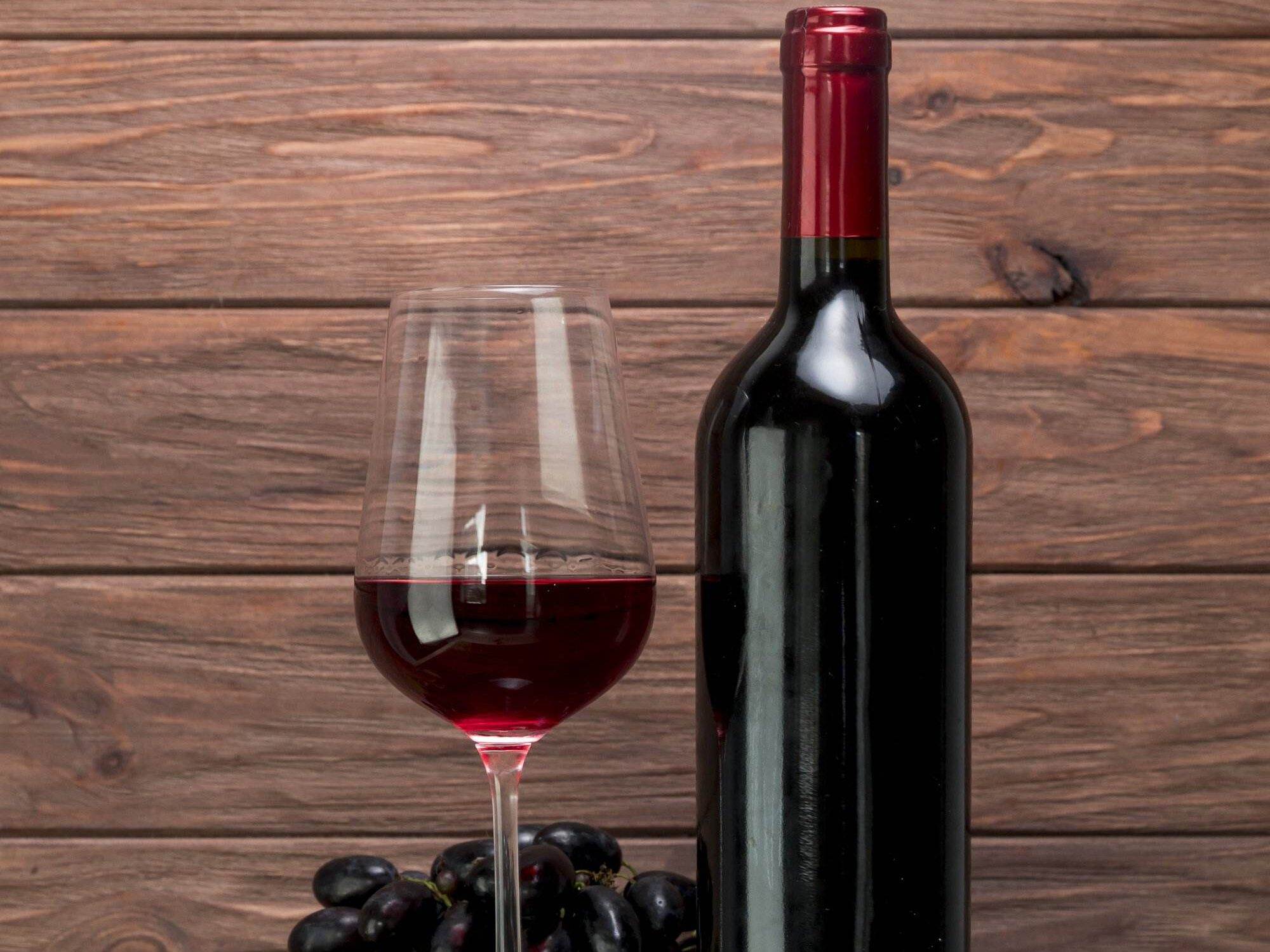
Organizing your wine collection is a crucial step in maintaining a well-structured and easily navigable wine cellar. One effective approach is to categorize your wines by varietal, vintage, or region, allowing you to quickly locate and access the bottles you desire.
When categorizing your wines, consider the factors that are most important to you and your wine-drinking preferences. For instance, you may choose to group your wines by varietal, such as Cabernet Sauvignon, Chardonnay, or Pinot Noir, which can be particularly useful if you have a diverse collection spanning multiple grape varieties. Alternatively, you may prefer to organize your wines by vintage, which can be beneficial for tracking the evolution of your collection over time or for identifying the optimal drinking windows for specific bottles.
Categorizing your wines by region can also be a valuable organizational strategy, especially if you have a particular affinity for wines from specific wine-producing areas. This approach can help you easily locate and explore the diverse styles and characteristics of wines from different terroirs.
Alongside the categorization of your wines, it is essential to develop a comprehensive wine inventory system. This can be as simple as a physical record-keeping system, such as a notebook or a spreadsheet, or as sophisticated as a digital wine inventory management tool. Regardless of the method you choose, the key is to maintain detailed information about each bottle in your collection, including the varietal, vintage, producer, region, and any other relevant details.
By categorizing and cataloging your wines, you will not only enhance the overall organization of your wine cellar but also gain a deeper understanding of your collection. This knowledge can inform your future wine purchasing decisions, help you identify opportunities for vertical or horizontal tastings, and facilitate the sharing of your passion for wine with others.
Optimal Storage Conditions for Wine Preservation
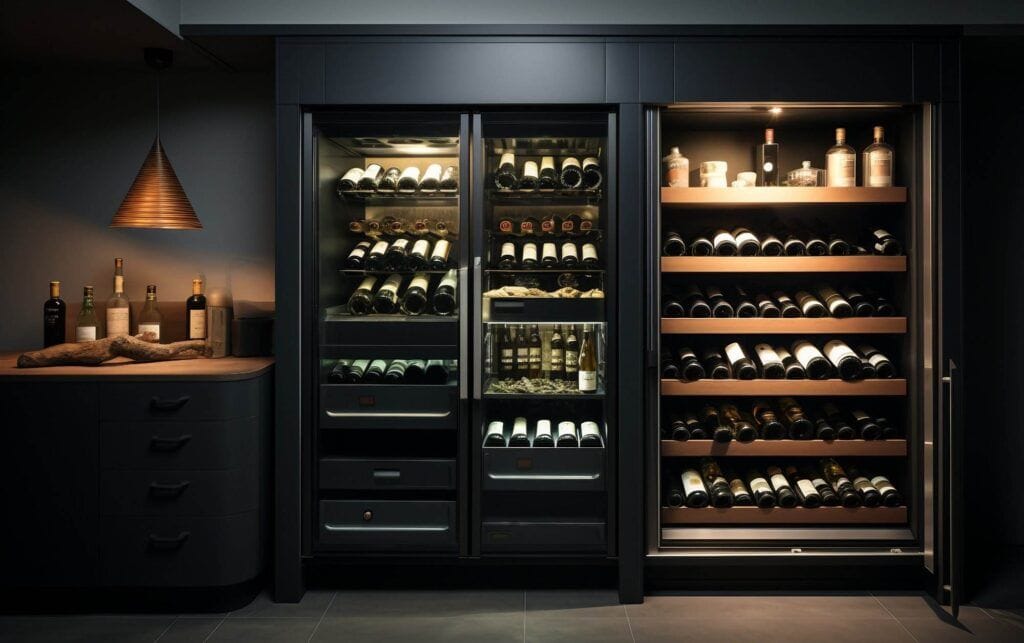
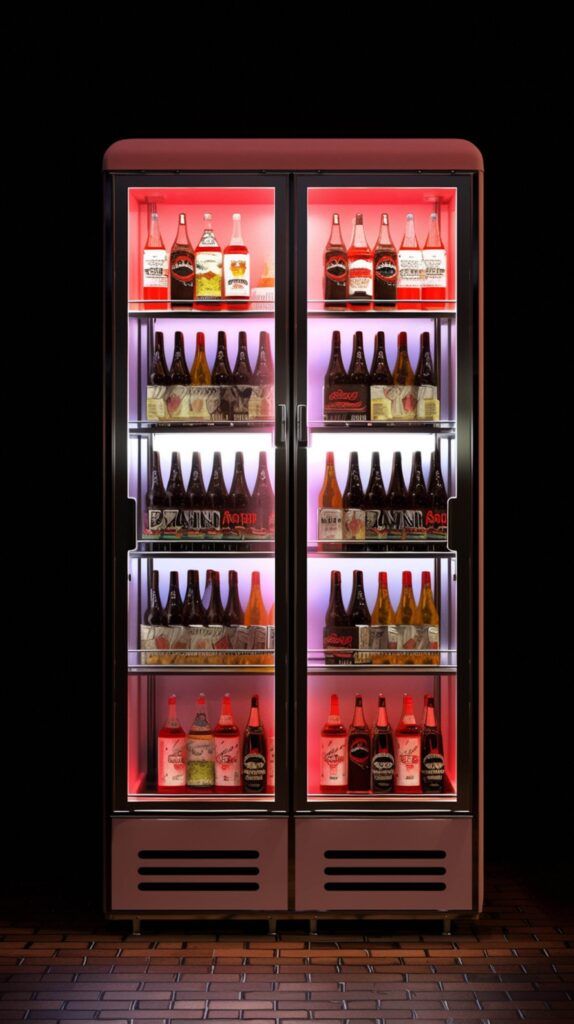
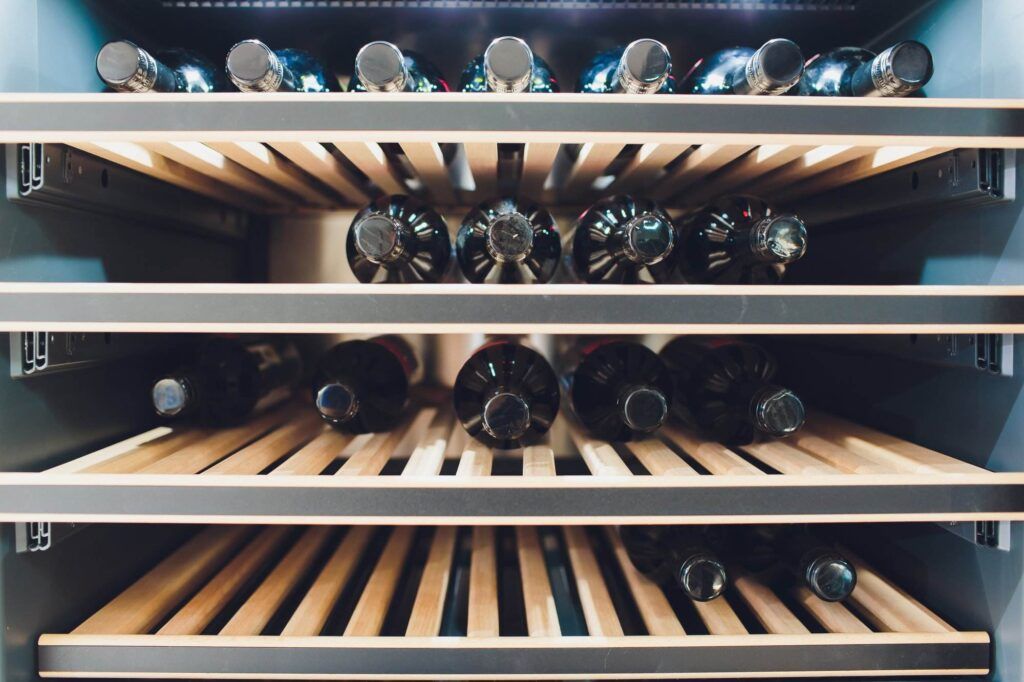
Ensuring the proper storage conditions for your wine collection is crucial for preserving the quality and integrity of your prized bottles. Three primary factors – temperature, humidity, and light – play a vital role in maintaining the optimal environment for wine storage.
Temperature control is of utmost importance, as fluctuations in temperature can have a detrimental effect on wine. The ideal temperature range for wine storage is generally between 55°F and 65°F (13°C and 18°C). Exposure to temperatures outside of this range can accelerate the aging process, leading to premature oxidation or the development of off-flavors. Consistent temperature is key, as sudden temperature changes can also be harmful to wine.
Humidity is another critical factor in wine storage. The ideal humidity range for a wine cellar is between 60% and 70%. This level of humidity helps to prevent the cork from drying out, which can allow air to enter the bottle and compromise the wine’s quality. Excessively dry or humid environments can also lead to issues such as label damage or the growth of mold.
Lastly, light exposure is a significant concern for wine storage. Ultraviolet (UV) light can cause chemical reactions within the wine, leading to the development of off-flavors and aromas. To protect your wines, it is essential to store them in a dark environment, away from direct sunlight or any other sources of intense lighting.
In addition to these primary environmental factors, it is also important to ensure proper ventilation and a vibration-free environment within your wine cellar. Adequate airflow helps to maintain consistent temperature and humidity levels, while minimizing vibrations can prevent the premature aging of your wines.
By carefully controlling the temperature, humidity, and light exposure in your wine cellar, you can ensure the long-term preservation of your wine collection, allowing you to enjoy the full expression of each bottle’s unique character and flavor profile.
Investing in the Right Wine Cellar Racking and Storage Solutions
Selecting the appropriate racking and storage solutions for your wine cellar is a crucial step in ensuring the optimal organization and preservation of your collection. The right wine cellar racking system can not only enhance the visual appeal of your space but also provide the necessary support and protection for your bottles.
When choosing a racking system, consider the size and layout of your wine cellar, as well as the specific needs of your collection. Traditional wooden racks are a popular choice, offering a classic and elegant aesthetic, while metal or modular racking systems can provide greater flexibility and customization options.
In addition to the primary racking system, you may also want to incorporate specialized storage solutions for unique bottle shapes and sizes. For example, you may need to accommodate large-format bottles, such as magnums or double magnums, or accommodate bottles with unusual shapes or dimensions. Investing in custom-designed racks or shelving units can ensure that each bottle in your collection is properly supported and protected.
Another important consideration is the orientation of your wine bottles within the racking system. The traditional “lying down” position, with the bottles stored horizontally, helps to keep the wine in contact with the cork, preventing it from drying out and allowing for proper aging. However, some wine enthusiasts prefer the “standing up” position, which can be more space-efficient and may be suitable for wines intended for near-term consumption.
By carefully selecting the right wine cellar racking and storage solutions, you can create a visually appealing and functionally efficient space that will protect and showcase your wine collection. This investment in the proper storage infrastructure will not only ensure the long-term preservation of your wines but also enhance your overall wine tasting experience.
Labeling and Tracking Your Wine Inventory
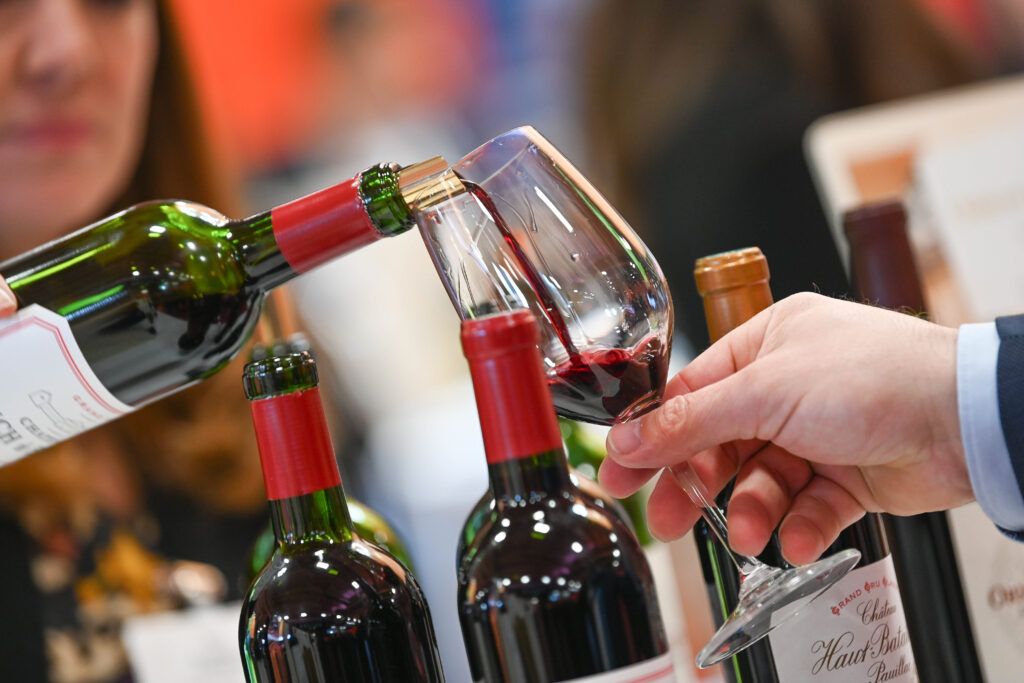

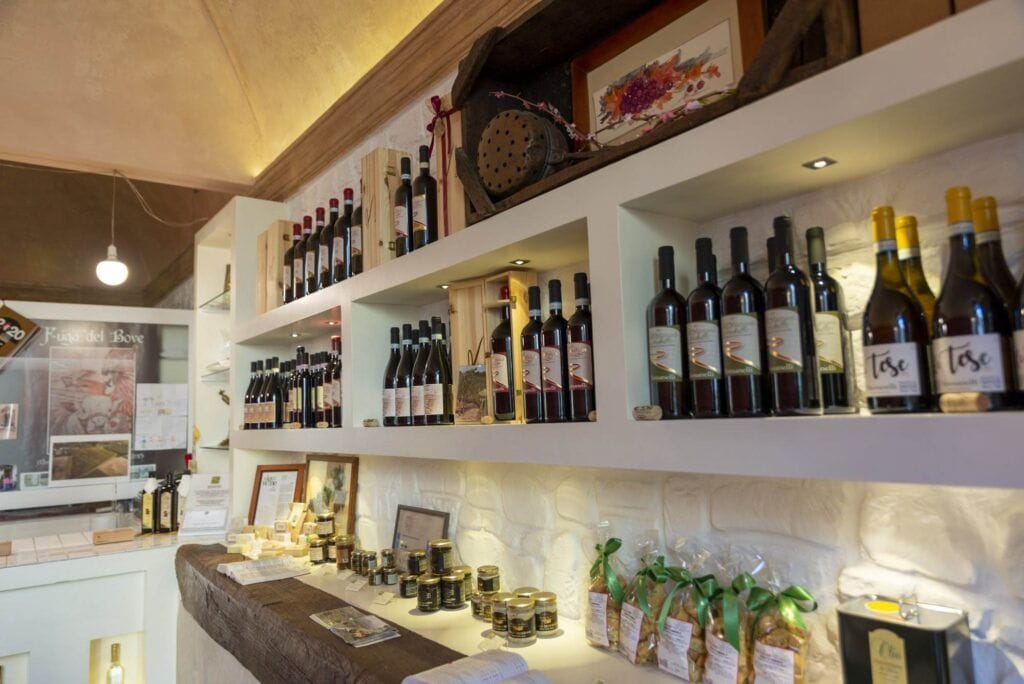
Maintaining a well-organized and easily accessible wine inventory is a crucial aspect of managing a successful wine cellar. Implementing a clear and consistent labeling system, coupled with effective tracking methods, can greatly simplify the process of locating and managing your wine collection.
When it comes to labeling your wines, consider adopting a standardized approach that provides essential information at a glance. This may include details such as the wine’s varietal, vintage, producer, and the specific location within your wine cellar. Utilizing pre-printed labels or creating your own customized labels can help ensure a cohesive and visually appealing system.
In addition to physical labeling, it is also beneficial to maintain a comprehensive digital or physical record of your wine inventory. This can be as simple as a spreadsheet or as sophisticated as a dedicated wine inventory management software. Regardless of the method you choose, the key is to capture detailed information about each bottle, including its location within your cellar, tasting notes, and any other relevant details.
By utilizing digital tools or physical records to track your wine inventory, you can easily monitor the status of your collection, identify any gaps or duplicates, and plan for future purchases. This level of organization can also prove invaluable when it comes to sharing your wine knowledge with guests or planning wine-related events.
Furthermore, a well-documented wine inventory can serve as a valuable reference point when it comes to evaluating the maturity and drinking windows of your wines. By maintaining accurate records, you can make informed decisions about when to consume or cellar specific bottles, ensuring that you derive maximum enjoyment from your collection.
Maximizing Space: Tips for Efficient Wine Cellar Layout
Optimizing the layout and use of space within your wine cellar is crucial for maximizing storage capacity and maintaining an organized and visually appealing environment. By incorporating strategic design elements and utilizing innovative storage solutions, you can create a wine cellar that not only accommodates your current collection but also allows for future growth.
One key aspect of efficient wine cellar layout is the optimization of vertical and horizontal space. By utilizing vertical space, you can maximize the number of bottles stored within a given footprint, allowing you to accommodate a larger collection without compromising the overall aesthetic. This can be achieved through the use of multi-tiered racking systems or by incorporating high-density storage solutions, such as pull-out or sliding shelves.
In addition to vertical space optimization, it is also important to consider the efficient use of horizontal space. This may involve incorporating adjustable and modular storage solutions that can be easily reconfigured as your collection evolves. Modular racking systems, for example, can be expanded or rearranged to accommodate new acquisitions or accommodate unique bottle shapes and sizes.
Another important consideration in wine cellar layout is the incorporation of specialized storage solutions for specific bottle types or collections. For instance, you may need to allocate dedicated space for large-format bottles, magnums, or even rare or valuable wines that require additional protection and security measures.
By carefully planning the layout and design of your wine cellar, you can create a visually appealing and highly functional space that not only showcases your collection but also ensures the long-term preservation and accessibility of your wines. This strategic approach to wine cellar organization can also make it easier to maintain and update your collection over time, as your wine passion and collection continue to grow.
Maintaining Your Wine Cellar: Cleaning and Upkeep
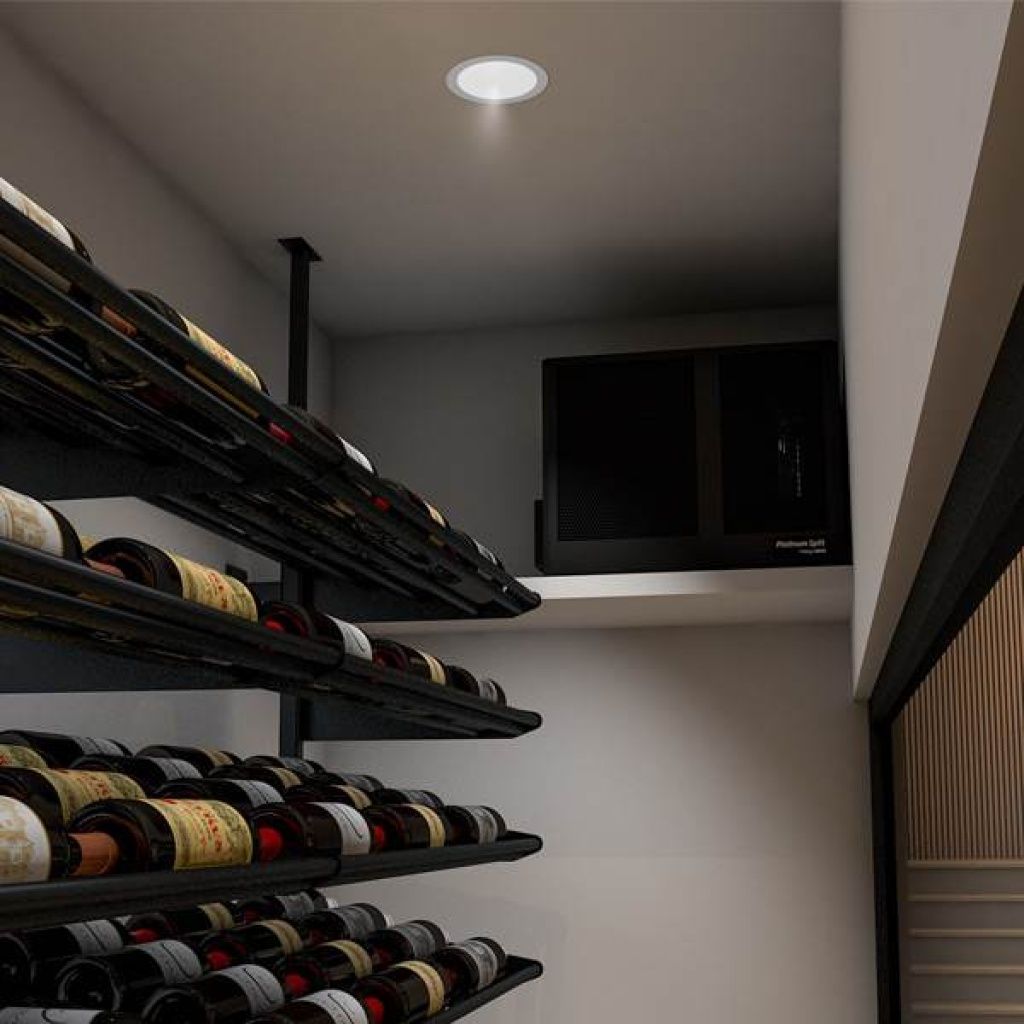
Maintaining the cleanliness and overall condition of your wine cellar is essential for preserving the quality and longevity of your wine collection. Establishing a regular cleaning and maintenance routine can help ensure that your wine cellar remains a pristine environment, free from potential contaminants or issues that could compromise the integrity of your wines.
Begin by implementing a consistent cleaning schedule, which may involve weekly or monthly inspections and light cleaning, as well as more thorough cleanings on a quarterly or semi-annual basis. During these cleaning sessions, focus on wiping down the racking, shelves, and any other surfaces within the cellar, using a mild, non-abrasive cleaning solution that is safe for use in wine storage environments.
In addition to general cleaning, it is crucial to address any potential issues that may arise within your wine cellar, such as fluctuations in temperature or humidity levels, the presence of mold or mildew, or the detection of pests. Regularly monitoring these environmental factors and taking proactive measures to address any problems can help ensure the long-term preservation of your wine collection.
If you encounter any issues, it is important to act quickly and decisively to mitigate the potential damage. This may involve adjusting the temperature or humidity controls, implementing dehumidification or air filtration systems, or employing pest control measures. Consulting with a professional wine cellar specialist can also be beneficial in identifying and resolving any complex issues that may arise.
By maintaining a consistent cleaning and upkeep routine, you can help ensure that your wine cellar remains a pristine and well-functioning environment, allowing your wines to mature and develop in optimal conditions. This dedication to the ongoing care and maintenance of your wine cellar will not only preserve the quality of your collection but also contribute to the overall enjoyment and appreciation of your wines.
Elevating Your Wine Tasting Experience with a Organized Cellar
A well-organized wine cellar not only serves as a practical storage solution but also has the power to elevate your overall wine tasting experience. When your wine collection is meticulously curated and easily accessible, it can unlock a new level of enjoyment and appreciation for the wines you have carefully amassed.
One of the primary benefits of a well-organized wine cellar is the ease of access it provides. With a clear and intuitive system in place, you can quickly locate the perfect bottle for any occasion, whether you’re hosting a dinner party, pairing a specific wine with a meal, or simply indulging in a personal tasting. This convenience allows you to focus on the true pleasure of wine appreciation, without the frustration of searching through a disorganized collection.
Moreover, a beautifully organized wine cellar can serve as a source of pride and inspiration, both for you and your guests. Showcasing your carefully curated collection can spark engaging conversations about the various regions, vintages, and styles represented, allowing you to share your passion for wine and educate others about the nuances of your collection. This shared experience can deepen the connection between you and your guests, fostering a greater appreciation for the art of wine tasting.
Beyond the practical and social benefits, a well-organized wine cellar can also enhance the sensory experience of wine tasting. When your wines are stored in optimal conditions, with proper temperature, humidity, and light control, you can be confident that each bottle will deliver its full flavor and aroma profile. This attention to detail ensures that you can fully appreciate the unique character and evolution of your wines, elevating the overall tasting experience.
By investing time and effort into organizing your wine cellar, you are not only preserving the quality of your collection but also creating an environment that celebrates your passion for wine. Whether you’re enjoying a quiet evening at home or hosting a memorable gathering, a well-organized wine cellar can transform the way you experience and share your love of wine.

